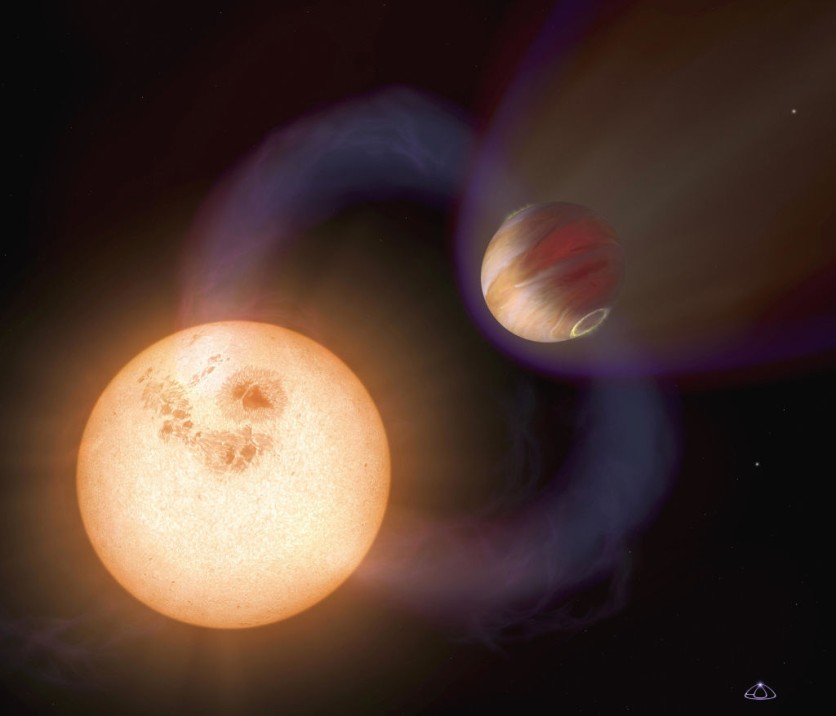NASA's Transiting Exoplanet Survey Satellite (TESS) has made another planet-shaking discovery, as an international team of astronomers recently confirmed two "super-Earth" exoplanets orbiting the nearby M-dwarf star known as TOI-2095.
These newly discovered planets are slightly larger than Earth and have short orbital periods.

2 Exoplanet Candidates
TESS aims to search for transiting exoplanets, including small rocky worlds to gaseous giants, among approximately 200,000 of the sun's brightest neighboring stars.
The satellite has already found 6,400 potential exoplanets, out of which 330 have been verified to date.
An international team of astronomers, led by Felipe Murgas from the University of La Laguna, Spain, has confirmed two additional exoplanet candidates that were being monitored by TESS.
They used photometric observations and radial velocity measurements to determine that the transit signals observed in the light curve of TOI-2095 are caused by planets.
"We report the validation of two transiting planets around the M dwarf TOI-2095 discovered by TESS. We use ground-based high-resolution imaging, TESS photometric data, and CARMENES radial velocities to discard false positive scenarios, measure the planetary radii, and place stringent upper limits on the masses of the transiting candidates," the researchers explained.
Designated as TOI-2095 b, the exoplanet located closer to the star is positioned at a distance of roughly 0.1 AU from it. Its size is approximately 25% larger than Earth, and it orbits around the star every 17.66 days.
Researchers found the equilibrium temperature of TOI-2095 b to be 347 K, and estimate its mass to not exceed 4.1 Earth masses.
TOI-2095 c, the second planet in the system, orbits around the host every 28.17 days and is located at a distance of about 0.137 AU. With a radius of 1.33 Earth radii, the planet has an estimated mass of 7.4 Earth masses. Its equilibrium temperature is calculated to be around 297 K.
The star, TOI-2095, has a spectral type M2.5 V and is around 56% smaller and less massive than the sun. Its metallicity level is -0.24, and it has an effective temperature of 3,759 K. Researchers estimate that the star is at least one billion years old.
Read Also : NASA Hubble, TESS Discover Water Vapor on 'Super Neptune,' an Exoplanet 150 Light Years Away
Habitable Zone
The authors said that the two new exoplanets are located close to the inner edge of TOI-2095's habitable zone. They believe that these planets are good candidates for further studies.
"In particular, extremely precise radial velocity follow-up observations can help to improve the mass measurements (and hence the bulk densities) of the planets and provide some constraints for future prospects for atmospheric characterization," the researchers wrote.
TESS's groundbreaking discovery of these two super-Earths is another exciting development in the search for exoplanets and may provide valuable information for further astronomical research.
The findings of the research team were published in arXiv.
Related Article : NASA's TESS Mission Finds a 'Super-Earth' Orbiting Around One of the Oldest Stars, the Milky Way Galaxy

ⓒ 2025 TECHTIMES.com All rights reserved. Do not reproduce without permission.




